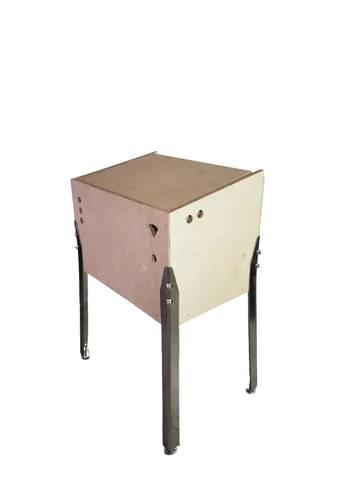For gaming enthusiasts and DIY aficionados alike, the prospect of building your own virtual pinball machine is an exciting and rewarding project. Combining the timeless charm of pinball with modern technology, a DIY virtual pinball machine offers endless possibilities for customization and gameplay. Whether you’re a seasoned tinkerer or a newcomer to the world of DIY electronics, here’s a comprehensive guide to help you embark on this thrilling journey.
- Planning and Design:
Before diving into construction, take the time to plan and design your virtual pinball machine. Consider factors such as size, budget, and available space for the project. You can find numerous online resources and tutorials that provide blueprints and design templates to help you get started.
- Components and Materials:
Gather the necessary components and materials for your virtual pinball machine. This typically includes a computer or Raspberry Pi for running the software, a large monitor or TV for the playfield display, buttons and switches for controls, a plunger for launching the ball, and a durable cabinet to house the components.
- Software and Emulation:
Select the software and emulation platform for your virtual pinball machine. Popular options include Visual Pinball, Future Pinball, and Pinball FX3. These platforms offer a wide range of pinball games to choose from and provide tools for customizing gameplay and design.
- Construction:
Assemble the cabinet and install the necessary components. This may involve woodworking, electronics wiring, and mounting hardware. Follow detailed instructions and tutorials to ensure proper assembly and alignment of the playfield, flippers, bumpers, and other features.
- Integration and Calibration:
Integrate the software with the hardware components and calibrate the controls for optimal gameplay. Test each feature and adjust settings as needed to achieve the desired performance and responsiveness.
- Customization:
Get creative and personalize your virtual pinball machine with custom artwork, lighting effects, and sound enhancements. Add decals, paint designs, or LED lighting to give your machine a unique aesthetic appeal.
- Testing and Fine-tuning:
Once construction is complete, thoroughly test your virtual pinball machine to identify any issues or performance concerns. Fine-tune the software settings and hardware configurations to optimize gameplay and ensure a smooth gaming experience.
- Enjoyment:
Finally, sit back, relax, and enjoy the fruits of your labor. Invite friends and family to experience your DIY virtual pinball machine and revel in the satisfaction of creating your very own arcade masterpiece.
Building a DIY virtual pinball machine is a challenging yet rewarding endeavor that allows you to unleash your creativity and passion for gaming. With careful planning, attention to detail, and a dash of ingenuity, you can craft a one-of-a-kind gaming experience that will provide hours of enjoyment for years to come. So roll up your sleeves, grab your tools, and embark on the journey to create your own virtual pinball paradise.

